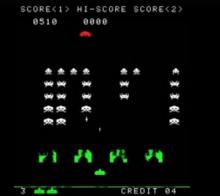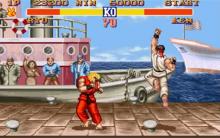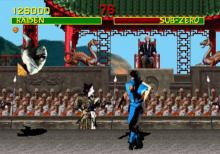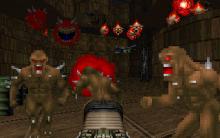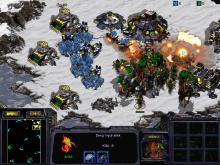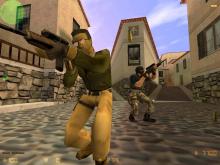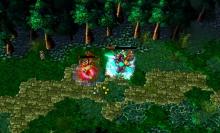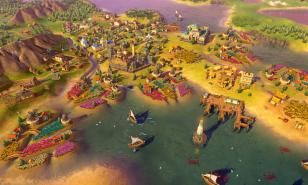The History of Video Games: 11 Interesting Facts You Didn’t Know: Page 3 of 11
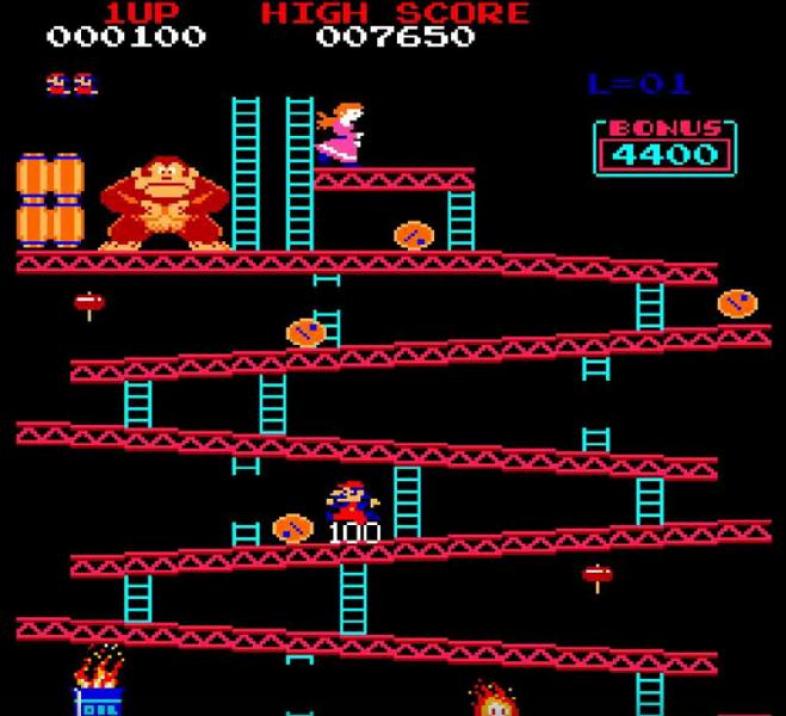
3. 1970 - 1974:
The First Mainframe Computer Games, The First Generation Home Consoles, the First Arcades, the Advent of Video Game Commercialization
The early 1970s was all about firsts: the first home entertainment systems, the first arcade games, and the first games for mainframe computers. This was also the time when people were starting to recognize video games’ commercial possibilities.
In 1970, Atari’s future founders, Nolan Bushnell and Ted Dabney, built an arcade version of Steve Russell’s Spacewar! The result was the 1971 release of the very first arcade game, Computer Space.
Computer gaming was a different story. As computers became more affordable, and literature devoted to computers and program compilations emerged, people were able to share software more readily across the US. Consequently, computer games created by college students saw widespread distribution, influencing fledgling developers to further experiment with the medium.
Because computer terminals lacked the capacity to display complex visuals, however, mainframe computer games could not focus on the fast-paced, real-time action of arcade games. The gameplay of the earliest computer games therefore centered on strategy, tactics, and puzzle-solving.
For instance, in 1971, Don Rawitsch, Bill Heinemann, and Paul Dillenberger created the iconic simulation of pioneer life, The Oregon Trail – a game the Minnesota Educational Computer Consortium (MECC) would later produce and distribute across the U.S. Other good examples would be 1971’s Star Trek by Mike Mayfield, and 1972’s hide-and-seek title Hunt the Wumpus by Gregory Yob.
Then, in 1972, Magnavox rebranded and launched Ralph Baer’s creation as the Magnavox Odyssey, which would become known as the world’s first home video game entertainment system. It cost $100. It was only moderately successful with the public, but it did lay the groundwork for home video game consoles. The Magnavox Odyssey and its competition would make up the first generation of home consoles, and would also spark the earliest console wars.
The first strategy game, Invasion, was released for the Magnavox Odyssey. It played like the board game, Risk.
Bushnell and Dabney founded Atari in 1972. Not content with Computer Space, they created the now legendary arcade table tennis game, Pong. It was so successful that the machines didn’t have enough space to hold all the quarters players were feeding them.
The very first video game tournament was held at Stanford University in 1972. The game was Spacewar!.
In 1973, David Ahl’s 101 BASIC Computer Games was published with several games, such as a war game called CIVILW, and a game called MUGWMP where players had to find monsters in a grid. Another game, called HMRABI, or Hamurabi, put players in the shoes of a Sumerian king in the ancient world. This text-based construction and management simulation was an updated version of 1968’s The Summer Game by Doug Dyment.
Then, in 1974, Steve Colley, Greg Thompson, and colleagues created the first first-person shooter computer game: Mazewar. It was also the first game to introduce players to a graphic virtual universe, and the first networked, online video game, allowing players to interact with each other in a virtual world courtesy of the precursor of the Internet, the ARPAnet. As such, it would serve as the precursor to massively multiplayer online role-playing games (MMORPGs).
Image Gallery
- Log in or register to post comments
- 2807 reads
 Home
Home PC Game Trailers
PC Game Trailers News
News Menu
Menu






